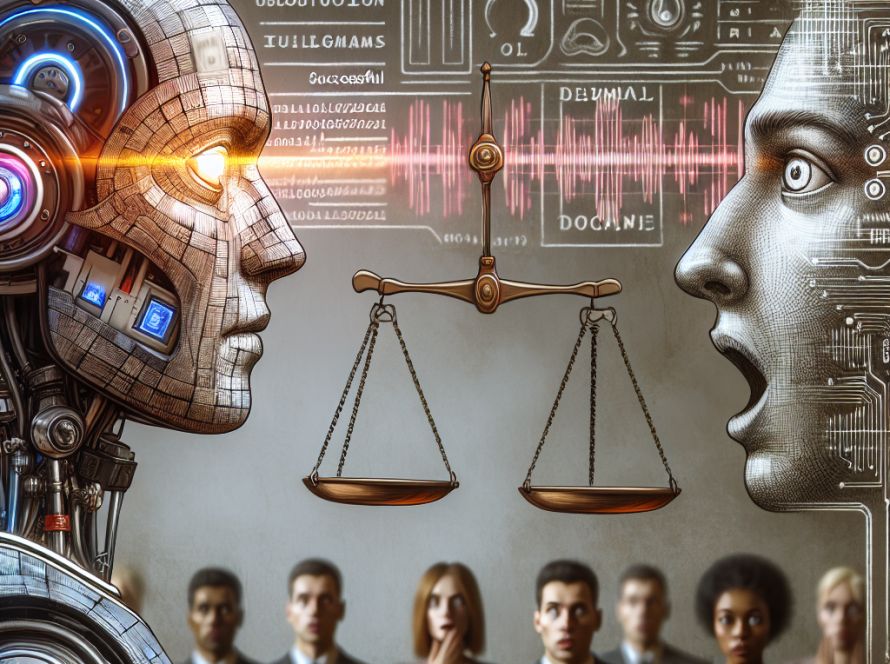Artificial Analysis has launched the Artificial Analysis Text to Image Leaderboard & Arena, an initiative aimed at evaluating the effectiveness of AI image models. The initiative compares open-source and proprietary models, seeking to rate their effectiveness and accuracy based on the preferences of humans. The leaderboard, updated with ELO scores compiled from over 45,000 human image preferences, includes cutting-edge image models such as Midjourney, OpenAI’s DALL·E, Stable Diffusion, and Playground AI.
The Artificial Analysis Image Arena uses a broad crowd-sourcing methodology to gather data on human preferences. Participants are confronted with prompts and two generated images and must then choose the image they feel corresponds best with the prompt. Consequently, from this exercise, over 700 images per model are generated, representing a wide range of styles and categories, including human portraits, groups, animals, nature, and art. The gathered preferences are then used as a basis for the ELO score of each of the models.
Early findings from the leaderboard indicate that proprietary models are holding the best performances. However, open-source alternatives are increasingly proving to be competitors. The best performers on the leaderboard are models such as Midjourney, Stable Diffusion 3, and DALL·E 3 HD. But, an open-source model Playground AI v2.5 also showed good performances, outshining OpenAI’s DALL·E 3.
The AI image models landscape is evolving rapidly. For instance, DALL·E 2, a model that led the rankings in the previous year, is now chosen less than 25% of the time in the arena. Therefore, it has now fallen into the ranks of the lowest-performing models. In the midst of this evolving landscape, the news that Stable Diffusion 3 Medium is open-sourcing is especially noteworthy, as it stands to significantly champion the open-source community despite offering lower quality than its full-size variant.
The Artificial Analysis initiative encourages the public to participate in these ongoing developments. The public can participate by visiting the leaderboard and making their contributions to the ranking process through the Image Arena. This way, they can influence the future of AI image models directly.
There are several other initiatives that have also undertaken to evaluate AI image models. They include the Open Parti Prompts Leaderboard, GenAI-Arena, and Vision Arena. These efforts, when considered together, afford an all-encompassing perspective of both the capabilities and performance of proprietary and open-source image models.
In conclusion, the Artificial Analysis Text to Image Leaderboard & Arena signifies a considerable step forward in the struggle to understand and enhance AI image generation models. By highlighting the importance of human preferences and a thorough, crowdsourced methodology, the initiative is providing invaluable insights into the comparative performance of leading image models. As the field progresses, platforms such as these will be vital in guiding future developments and innovation in AI-driven image generation.


